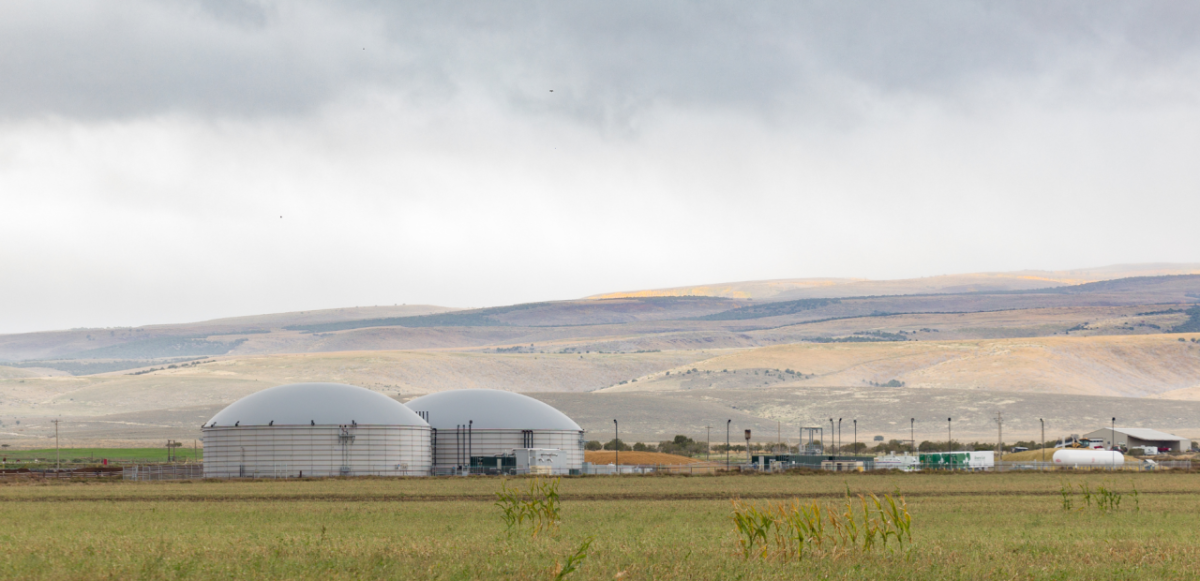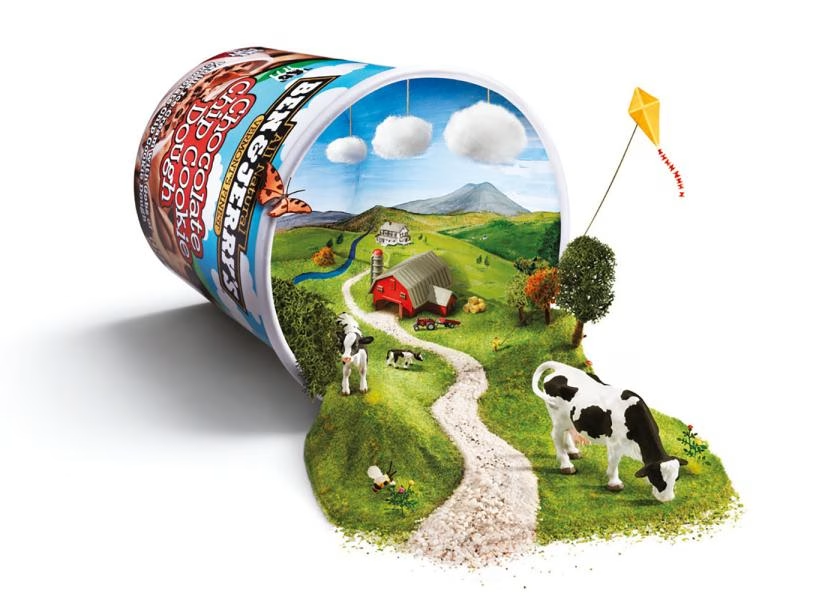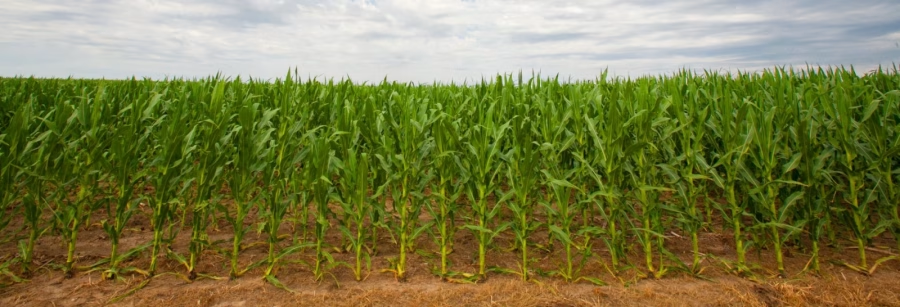Boost your dairy farm’s productivity with effective manure and landscape management. Want to optimize land use and nutrient application? Discover top conservation practices now.

Effective manure and landscape management turn waste into a key component of sustainable dairy production. Mastering these techniques is critical. Proper manure management promotes nitrogen cycling and soil health, decreasing the need for synthetic fertilizers and lowering water pollution and greenhouse gas emissions. Effective landscape management affects water retention, erosion control, and biodiversity. Integrating conservation measures into everyday operations is not just beneficial; it’s crucial. It protects the environment while increasing land efficiency by improving soil structure, agricultural yields, and resistance to harsh weather. Precision fertilizer application reduces operating costs, enhances farm sustainability, and drives long-term profitability. Discussing good manure and landscape management is critical for both environmental stewardship and the financial viability of your dairy farm. Adopting conservation methods is not just an option; it’s necessary in today’s agricultural world.
Diverse Manure Management: Strategies for Optimal Nutrient Use and Environmental Protection
Each variety requires unique handling and storage procedures to maximize nutrient utilization and reduce environmental concerns. Slurry tanks, composting heaps, and covered lagoons are all examples of proper storage facilities that help to avoid nutrient runoff and leaching into water sources. This approach guarantees crops absorb nutrients rather than squandered by the 4Rs principle: correct rate (applying the right amount of nutrients at the right time), right source (using the right nutrient source that matches the crop’s needs), right time (applying nutrients when the crop needs them), and proper placement (placing nutrients where the crop can easily access them).
Furthermore, using renewable energy solutions such as biogas digesters or solar panels makes manure management a more environmentally benign undertaking, creating energy while lowering dependency on conventional electricity. Comprehensive manure management improves land use efficiency, supports sustainable agricultural techniques, and safeguards water resources against pollution. These measures allow dairy producers to balance agricultural production and environmental care.
Precision Nutrient Management: A Harmonized Approach to Manure Application and Crop Requirement
Creating a nutrient management strategy that matches manure application to crop nutrient requirements requires a systematic approach centered on soil testing, nutrient budgeting, and exact application timing. Soil testing is a critical first step in determining current nutrient levels and deficits. This information is vital for developing correct nutrient budgets and ensuring that manure fulfills crop requirements without overdoing. This precision enhances crop yield and soil health and reduces operating costs, improving farm sustainability and driving long-term profitability.
Nutrient budgeting requires farmers to estimate the nutrient supply from manure and crop needs, considering parameters such as nutrient content and application amount. It allows for nutrient losses by leaching, volatilization, or denitrification, making applications more efficient and ecologically friendly.
Timing manure applications is critical for nutrient availability and use. Farmers may maximize nutrient absorption by matching manure treatments to crop development phases using the 4Rs: correct rate, right time, right source, and proper placement. Applying manure during active growth seasons ensures that nutrients are accessible when required, while applications during dormancy or severe weather conditions might result in losses and environmental impact.
Farmers may create a nutrient management strategy that increases crop output while protecting environmental health by combining soil testing, nutrient budgeting, and strategic scheduling. This complete method guarantees that manure is used successfully, advancing agronomic and conservation goals.
Strategic Manure Application: Tailoring Techniques for Nutrient Efficiency and Environmental Stewardship
| Application Method | Pros | Cons |
|---|---|---|
| Broadcast Spreading | Cost-effectiveSimple and quick to apply | Increased nutrient loss via runoffPotential for odor issues |
| Injection | Minimizes odorReduces nutrient runoff | Higher initial costRequires specialized equipment |
| Spray Irrigation | Even nutrient distributionCan cover large areas efficiently | Potential for nutrient loss to airRequires proper calibration |
| Solid Manure Spreading | Ideal for composted manureCost-effective | Requires time for compostingUneven distribution possible |
Broadcasting: This method spreads manure evenly across the field’s surface. It is simple and cost-effective but can lead to significant nutrient losses if not immediately incorporated into the soil. Suitable for well-drained fields, it is less effective in steep or highly erodible areas.
Injection: This method directly places manure into the soil, reducing nutrient loss and odor issues. It enhances nutrient availability to plant roots and minimizes runoff. Though the equipment is costly and may compact soil, injection is excellent for maximizing nutrient retention and protecting water quality.
Incorporation: Incorporating manure after broadcasting significantly reduces nutrient losses. This method improves crop nutrient uptake and reduces runoff, aiding conservation tillage systems. Although it requires additional labor and machinery, the benefits often outweigh the costs.
Choosing the best manure application strategy requires considering field conditions, crop needs, and environmental implications. As dairy producers, you have the power to improve fertilizer application and encourage sustainable land management practices by comparing broadcasting, injection, and integration. Your choices can significantly impact the environment and the efficiency of your farm.
Composting Manure: Transforming Waste into Valuable Soil Amendments
Composting manure is crucial for converting animal waste into a valuable soil additive. Manure is mixed with carbon-rich materials such as straw or wood chips to obtain the desired carbon-to-nitrogen ratio. This mixture is heaped or put in windrows to increase aeration and microbial activity, which is required for decomposition. Regularly moving the pile promotes uniform aeration and temperature, resulting in a flourishing microbiological habitat.
Benefits of Composting Manure
Composting manure is essential for transforming animal waste into a beneficial soil amendment. Manure combines carbon-rich materials like straw or wood chips to achieve the carbon-to-nitrogen ratio. This mixture is piled or placed in windrows to improve aeration and microbial activity, which is required for decomposition. Regularly rotating the pile provides consistent aeration and temperature, resulting in a thriving microbial environment. The resulting compost is a valuable soil amendment that improves soil structure, water retention, and nutrient availability, thereby enhancing crop yields and reducing the need for synthetic fertilizers.
Tips for Managing the Composting Process
To ensure effective composting, maintain a temperature of 131-149°F to eliminate germs and moisture at 50-60%, and flip the pile every 7-10 days for uniform decomposition. Aim for a carbon-to-nitrogen ratio of 25:1 to 30:1, and maintain the pile between 3-5 feet tall and broad. These techniques guarantee high-quality compost, which improves soil health and crop yields.
Landscape Management: Integrating Contour Farming, Buffer Strips, and Cover Cropping for Sustainability
Sustainable dairy production requires effective landscape management strategies. They address soil erosion, water quality, and biodiversity loss. Contour farming, buffer strips, and cover cropping are valuable techniques for mitigating these difficulties and building a resilient agricultural environment.
Contour farming includes plowing and planting across slopes to reduce runoff and soil erosion while increasing water penetration. Buffer strips, made of grass or trees between fields and water sources, filter sediments and nutrients while safeguarding streams and providing animal habitat. Cover cropping is growing plants during the off-season to preserve and nourish the soil, reduce weeds, and increase soil nutrients.
These approaches preserve resources, safeguard the environment, and ensure agricultural production and ecological equilibrium.
Innovative Conservation Techniques for Enhanced Manure and Landscape Management
| Conservation Technique | Pros | Cons |
|---|---|---|
| Contour Farming | Reduces soil erosionImproves water retentionIncreases natural infiltration | Requires careful planning and layoutCan be labor-intensive to maintain |
| Buffer Strips | Filters runoff and reduces sedimentEnhances biodiversityProvides wildlife habitat | May reduce usable cropland areaRequires ongoing management |
| Cover Cropping | Enhances soil health and fertilityPrevents erosionImproves water quality | Can be costly to establishRequires understanding of crop compatibility |
Several critical components may be used to successfully incorporate conservation techniques with manure and landscape management, resulting in optimum land use, improved soil health, and strong water resource protection.
Cover cropping is a popular strategy that uses plants like clover, rye, or alfalfa during the off-season to provide organic matter to the soil, enhance structure, and reduce erosion. This drastically lowers fertilizer loss while improving total soil fertility.
Another practical conservation approach is the use of buffer strips. These vegetated zones between agriculture and water bodies catch silt, fertilizers, and toxins before they reach the rivers. By reducing water flow, buffer strips minimize soil erosion and ensure cleaner water, maintaining aquatic habitats.
The use of precision agricultural technology is also critical. Soil testing and GPS-guided nutrient administration provide accurate nutrient alignment with crop requirements. The 4Rs (Right rate, Right timing, Right Source, Right Placement) strategy eliminates fertilizer loss, lowers pollution risk, and increases crop output.
Contour farming, which involves planting crops following natural terrain contours, reduces soil erosion and runoff. This approach improves water penetration and soil moisture retention, promoting sustainable agriculture.
Finally, composting manure converts waste into beneficial soil additives, recycling nutrients into the soil, increasing soil organic matter, microbial activity, and general soil health. Composting also decreases greenhouse gas emissions and fertilizer runoff, providing a comprehensive solution for nutrient management and environmental stewardship.
Dairy producers may use cover crops, buffer strips, precision agriculture, contour farming, and composting to achieve a balanced manure and landscape management approach. This maximizes production, soil health, and water resource conservation for future generations.
Essential Resources for Effective Manure and Landscape Management
- USDA Natural Resources Conservation Service (NRCS): This agency provides comprehensive resources and financial assistance programs to support conservation practices. Visit its website at NRCS for more information.
- Extension Services: Local university extension services, such as the Penn State Extension and the Purdue Extension, offer valuable information, workshops, and consulting on manure and landscape management.
- Manure Management Planner (MMP): A software tool designed to help farmers create customized management plans. Access the tool through the Iowa State University Extension.
- Environmental Protection Agency (EPA): The EPA offers guidelines and resources on nutrient management to protect water quality. For detailed information, refer to the EPA’s Nutrient Pollution page.
- Sustainable Agriculture Research and Education (SARE): This organization provides grants and educational resources to promote sustainable farming practices. Learn more on its website.
- Rothamsted Research offers insights and publications on innovative farming techniques, including manure management. Explore its resources at Rothamsted Research.
- National Sustainable Agriculture Information Service (ATTRA): Provides various resources on sustainable livestock management, including manure handling. Visit ATTRA for more information.
- Field to Market offers tools and metrics to assess the sustainability of agricultural practices. You can access their resources at Field to Market.
The Bottom Line
As dairy production advances, including complete manure and landscape management measures becomes more important. This article examines several manure management strategies, emphasizing the environmental and economic advantages. Precision procedures improve fertilizer usage, and composting converts trash into valuable additions. Contour farming, buffer strips, cover crops, and new conservation strategies all help to promote sustainable agriculture. Adopting these methods ensures that nutrient management adheres to the Four Rs—Right quantity, Right Source, Right location, and Right timing—for optimal land use and crop productivity. These solutions save expenses, decrease nutrient losses, and improve water quality. Adopting these strategies is critical for future-proofing your dairy business. To ensure a sustainable and lucrative future, evaluate present methods, identify changes, and apply effective manure and landscape management measures.
Key Takeaways:
- Effective manure management encompasses diverse strategies tailored to specific farm needs, enhancing nutrient use while protecting the environment.
- Precision nutrient management aligns manure application with crop requirements, promoting harmony between agricultural output and ecological health.
- Strategic manure application techniques can substantially improve nutrient efficiency and minimize environmental impact.
- Composting manure provides a dual benefit of waste reduction and the creation of valuable soil amendments, enriching the soil sustainably.
- Landscape management practices such as contour farming, buffer strips, and cover cropping contribute significantly to soil health and erosion control.
- Adopting innovative conservation techniques can further enhance the overall effectiveness of manure and landscape management strategies.
- A wealth of resources is available to assist farmers in implementing these essential practices, ensuring both economic viability and environmental responsibility.
Summary:
Manure and landscape management are essential for sustainable dairy production, promoting nitrogen cycling, soil health, and reducing the need for synthetic fertilizers. These practices also impact water retention, erosion control, and biodiversity. Integrating conservation measures into daily operations protects the environment and increases land efficiency. Precision fertilizer application reduces operating costs, enhances farm sustainability, and drives long-term profitability. Different manure management strategies include handling and storage procedures that maximize nutrient utilization and reduce environmental concerns. Proper storage facilities like slurry tanks, composting heaps, and covered lagoons help avoid nutrient runoff and leaching into water sources. Renewable energy solutions like biogas digesters or solar panels make manure management more environmentally friendly. Precision nutrient management involves a systematic approach centered on soil testing, nutrient budgeting, and exact application timing. Landscape management strategies address soil erosion, water quality, and biodiversity loss, while precision agricultural technology like GPS-guided nutrient administration ensures accurate nutrient alignment with crop requirements.













